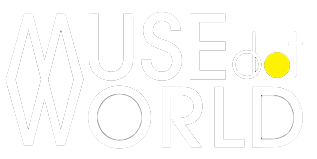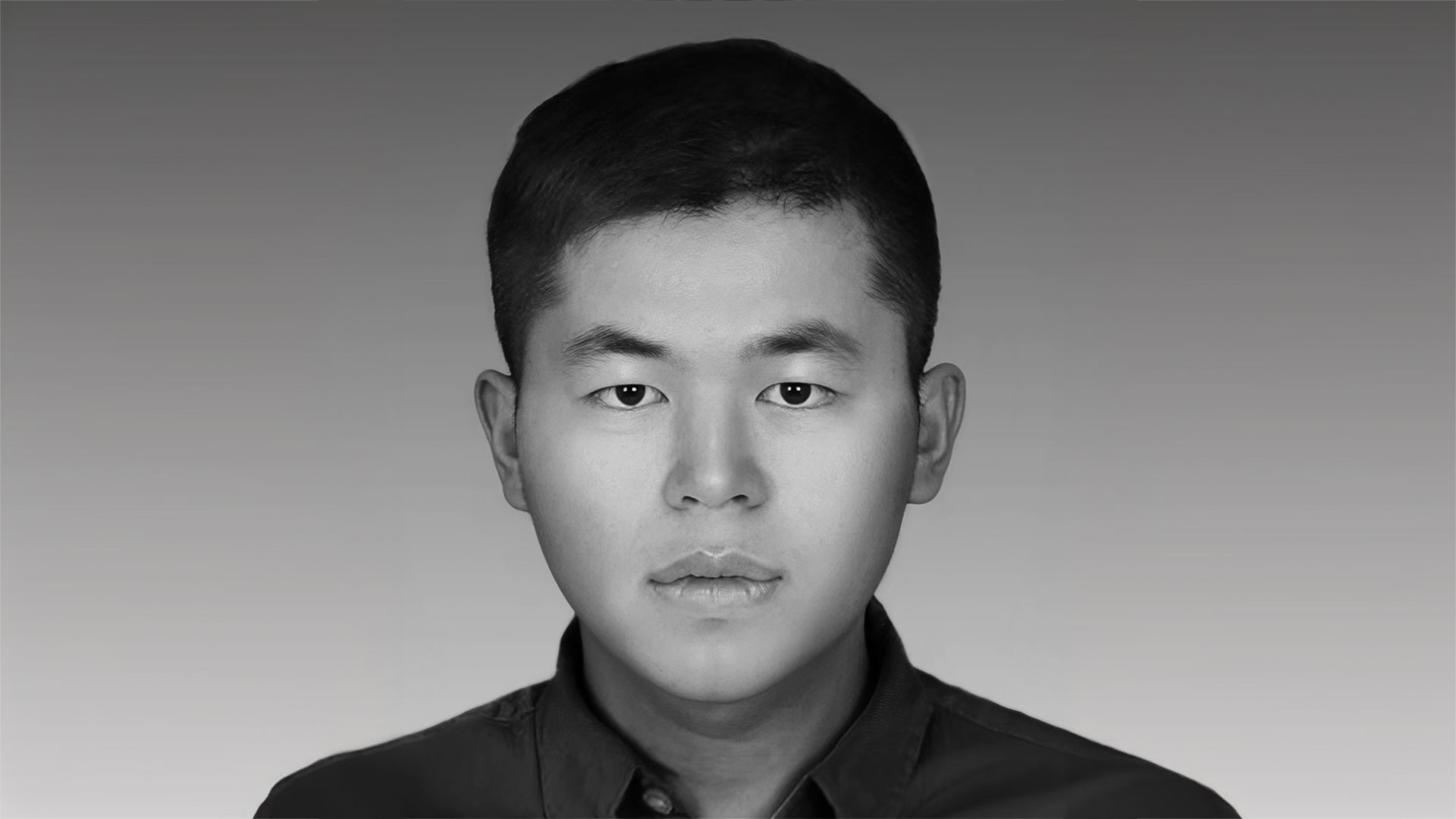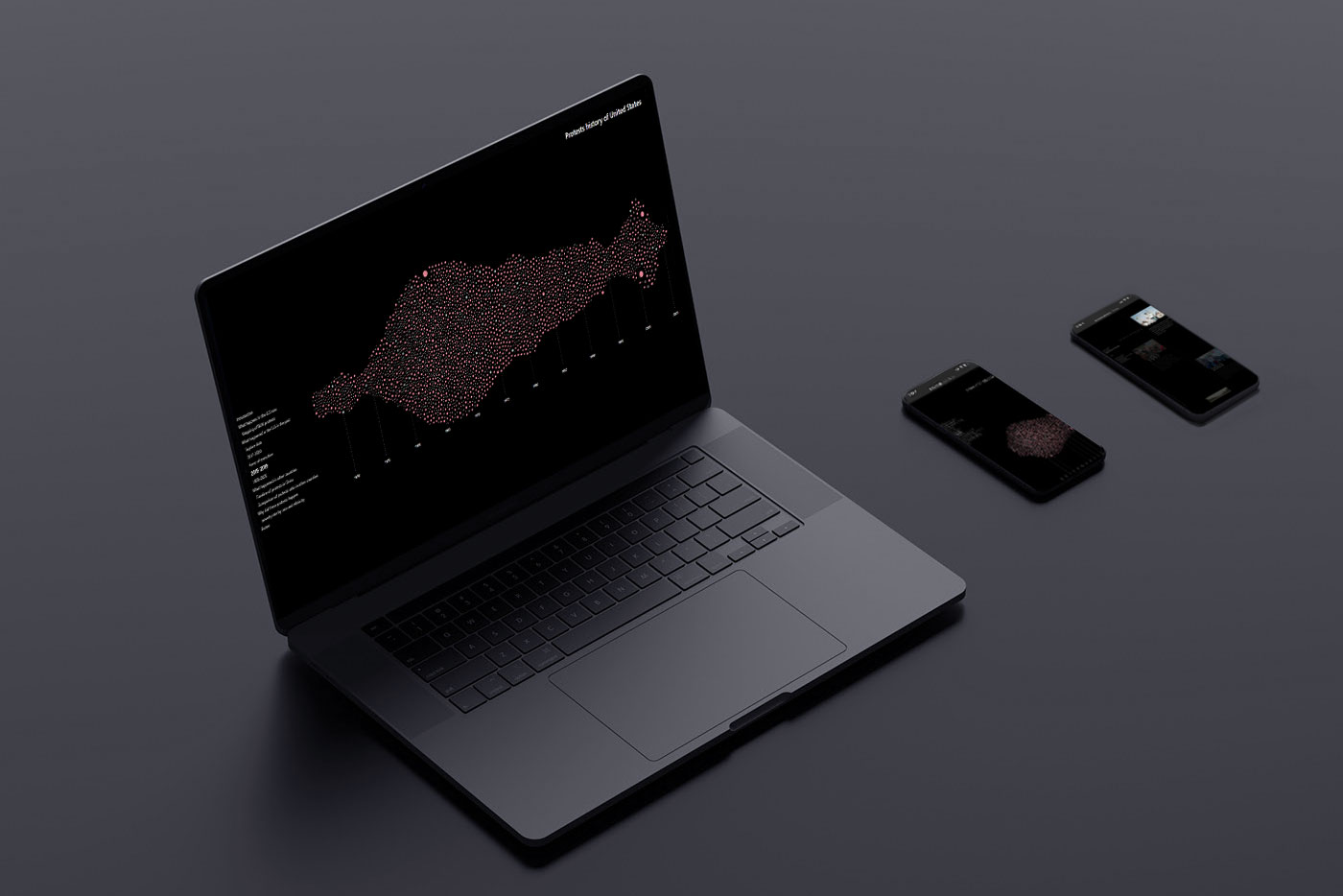Interview with Lei Ye from the United States

Interview with Becky Sampson | Unfolding Scenes of Daily Life Through the Lens
June 21, 2024
Interview with Yasong Wang from the United States
June 25, 2024Lei Ye
Lei Ye is a senior product designer at McKinsey & Company and holds a master’s degree from Harvard Graduate School of Design. His time at Harvard was transformative, allowing him to explore the intersection of design, technology, and strategy. This education has been foundational in his approach to tackling complex design challenges, enabling him to create innovative and impactful solutions.
I'm Lei Ye, currently a senior product designer at McKinsey & Company, and I hold a master’s degree from Harvard Graduate School of Design. My time at Harvard was transformative, allowing me to explore the intersection of design, technology, and strategy. This education has been foundational in my approach to tackling complex design challenges, making me adept at creating innovative solutions that are not only functional but also impactful.
This blend of practical experience and advanced education from one of the world’s leading design schools equips me with a unique perspective that I bring to my projects, including those that have earned me accolades such as the Vega Design Awards. I am excited to share how my background and projects align with the standards and aspirations of the Vega Design Awards.
My journey into digital design was driven by a fascination with the way design can influence human behavior and create meaningful interactions. From a young age, I was intrigued by the intersection of technology and creativity, and how this combination could transform ideas into tangible experiences that people interact with daily.
During my studies at Harvard Graduate School of Design, I was exposed to the profound impact of digital solutions on urban planning and architecture. This exposure broadened my perspective and showed me the potential of digital tools in crafting solutions that are not only aesthetically pleasing but also deeply integrated into the fabric of everyday life.
My decision to specialize in digital design was solidified by my desire to merge technical skills with creative vision to innovate and improve user experiences. Each project I undertake is a new opportunity to challenge conventional ideas and push the boundaries of what is possible, making every day exciting and fulfilling in this field.
In my current role at McKinsey & Company, I am focused on developing innovative solutions for internal applications. My primary responsibility is to enhance the functionality and user experience of these tools, which are critical for streamlining our internal processes and improving productivity across the firm.
My approach involves a thorough analysis of existing systems, identifying pain points, and brainstorming potential improvements. I collaborate closely with various teams to understand their needs and challenges, ensuring that the solutions I design not only address these issues but also introduce efficiencies that can transform our operational landscape.
This role requires a deep understanding of both design principles and the specific needs of a complex organization like McKinsey. It’s a challenging but incredibly rewarding position that allows me to apply my skills in digital design and problem-solving to directly impact the effectiveness of our internal systems.
My favorite kind of digital design is user interface (UI) design because it combines aesthetics with functionality in a way that directly affects how users interact with technology. UI design is fascinating to me because it requires a deep understanding of user behavior and needs, which must be balanced with the technical capabilities of the platform.
What I particularly enjoy about UI design is the challenge of creating intuitive and engaging interfaces that enhance user experiences. Each project is a puzzle where the goal is to simplify complex information and make technology accessible and enjoyable for everyone. This type of design not only has the power to make daily tasks more efficient but can also bring joy and ease into people’s interactions with digital products.
Moreover, the rapid evolution of technology in UI design keeps me continuously learning and adapting, which makes every day exciting and fulfilling as I push the boundaries of what is visually and functionally possible.
Good design centers on the user, ensuring it's intuitive and directly addresses their needs. It blends functionality with simplicity, allowing users to achieve their goals effortlessly. Aesthetically, it should be pleasing and align with the brand, enhancing user engagement.
Additionally, good design is inclusive, making products accessible to all users, and sustainable, considering long-term environmental impacts. Finally, it remains adaptable, ready to evolve with changing user demands and technological advancements, ensuring its relevance over time.
My design style is characterized by its minimalist and user-focused approach. I prioritize clarity and simplicity, ensuring that every element serves a purpose and contributes to the overall functionality of the design. I believe in creating interfaces that are intuitive and easy to navigate, which helps reduce the learning curve and enhances user satisfaction.
Visually, I lean towards clean lines, a muted color palette, and ample white space to avoid visual clutter and emphasize the most important content. This not only makes the design aesthetically pleasing but also improves readability and focus.
I also emphasize responsiveness in my designs, ensuring that they adapt seamlessly across different devices and screen sizes. This adaptability enhances user experience by providing consistency and reliability regardless of the platform.
Innovation is a key component of my style as well; I continuously explore new technologies and design trends to incorporate fresh and effective solutions into my projects. This forward-thinking approach helps keep my designs relevant and engaging in a rapidly evolving digital landscape.
My design process begins with thorough research to understand user needs and the problem space, which informs the definition and ideation phase where I brainstorm and sketch potential solutions. I then develop detailed prototypes, which are crucial for user testing. Feedback from these tests helps refine the design, ensuring it meets user expectations and usability standards.
Once refined, I collaborate closely with developers during implementation to maintain design integrity. After launch, I continuously evaluate the design’s effectiveness and make adjustments based on user interaction and feedback. Throughout the process, collaboration with stakeholders is essential to align the design with both user needs and business goals.
I draw inspiration from a variety of sources, both within and outside the design world. Observing everyday interactions and the ways people engage with technology provides continuous insights into user behavior and needs. I also look to other disciplines such as architecture, fine arts, and nature, which offer different perspectives on form, function, and beauty.
Staying updated with industry trends through design blogs, podcasts, and conferences is crucial for keeping my ideas fresh and innovative. I often find that solutions in one area can be adapted creatively to solve problems in another.
Additionally, travel and exposure to different cultures have profoundly influenced my approach, broadening my understanding of design as a universal language yet one that requires local sensitivity. This global perspective helps me create designs that are not only aesthetically pleasing but also culturally relevant and inclusive.
Lastly, I get a lot of inspiration from collaboration with other creative individuals. Exchanging ideas with colleagues, participating in design workshops, or even informal chats can spark new thoughts and directions in my work.
I'm particularly excited about several trends in digital design. Voice User Interfaces (VUIs) are making interactions more intuitive and accessible, expanding the ways we can engage with technology. Augmented Reality (AR) and Virtual Reality (VR) are providing immersive experiences that transform industries like retail, education, and entertainment. Artificial Intelligence is revolutionizing design by automating routine tasks and personalizing user experiences, enhancing creativity and efficiency.
The focus on inclusive and accessible design ensures digital products are usable by everyone, aligning with standards like the ADA. Additionally, the trend towards minimalist design emphasizes simplicity and functionality, improving usability and performance, especially on mobile devices. These trends are reshaping the digital landscape, making technology more engaging, accessible, and efficient.
Winning the 2024 Vega Digital Awards is a significant milestone for me and a strong validation of my approach to design. It highlights the importance of innovation, attention to detail, and user-centric design in my work.
This recognition not only boosts my personal profile in the design community but also encourages me to continue pursuing creative solutions that challenge the status quo and set new benchmarks in digital design. It’s a powerful motivator to keep evolving and contributing to the field with impactful designs.
The project I entered was a data visualization web design focused on social injustice, particularly related to the Black Lives Matter protests. This project aimed to present complex data about the protests and their societal impacts in a way that was both informative and compelling. By using innovative design techniques, I was able to make the information accessible and engaging to a broad audience.
I chose to enter this project into the Vega Digital Awards because it combined deep social relevance with technical and creative challenges. It represented a powerful opportunity to use design as a tool for education and awareness, highlighting crucial issues in our society. The project not only showcased my skills in handling intricate data and presenting it visually but also underscored my commitment to using design for social good. This alignment with both my personal values and the criteria of this award program made it an ideal candidate for submission.
My top three favorite aspects of the digital industry are:
Innovation: The digital industry is always at the forefront of technological advancement, constantly pushing the boundaries of what's possible. This constant evolution makes it an exciting field to be in, as there's always something new to learn and apply to solve problems in creative ways.
Impact: Digital technology has the power to influence virtually every aspect of modern life, from how we communicate and consume information to how we work and play. Being part of an industry that shapes such significant aspects of daily life is incredibly rewarding.
Collaboration: The digital industry thrives on collaboration, bringing together diverse talents and perspectives to create solutions that are more comprehensive and innovative. This collaborative spirit not only enhances the work but also fosters a dynamic and inclusive work environment.
The uniqueness of any country in the digital industry can be influenced by its cultural richness, technological innovations, and economic factors. For example, the United States stands out due to Silicon Valley, which serves as a global hub for tech giants and startups, fostering immense innovation. Additionally, the presence of world-class educational institutions and robust venture capital availability supports a vibrant tech ecosystem.
These elements combine to make the U.S. a leader in the digital industry, characterized by pioneering technologies and dynamic growth. Each country brings its distinct qualities to the digital landscape, shaped by local talent, cultural attitudes towards technology, and historical milestones.
Over the next 5-10 years, the digital industry is likely to continue its rapid evolution with several key trends taking center stage. We can expect significant advancements in artificial intelligence and machine learning, further automating tasks and personalizing user experiences. The integration of AR and VR in everyday applications will also deepen, transforming sectors like education, healthcare, and retail with immersive experiences.
Additionally, the rise of the Internet of Things (IoT) will make smart technology even more integrated into our daily lives, enhancing connectivity between devices and people. As digital technology becomes increasingly embedded in all aspects of society, issues surrounding data privacy and cybersecurity will become more critical, prompting innovations in security technologies and regulations. Overall, the digital landscape will continue to expand its influence, driving more interconnected and technologically advanced societies.
Winning Entry
Data-Driven Narratives: BLM | 2024
(read more at Vega Digital Awards)
Lei Ye
Lei Ye is a senior product designer at McKinsey & Company and holds a master’s degree from Harvard Graduate School of Design. His time at Harvard was transformative, allowing him to explore the intersection of design, technology, and strategy. This education has been foundational in his approach to tackling complex design challenges, enabling him to create innovative and impactful solutions.
The 2024 Vega Digital Awards has released its official list of victorious winners in its first season!


